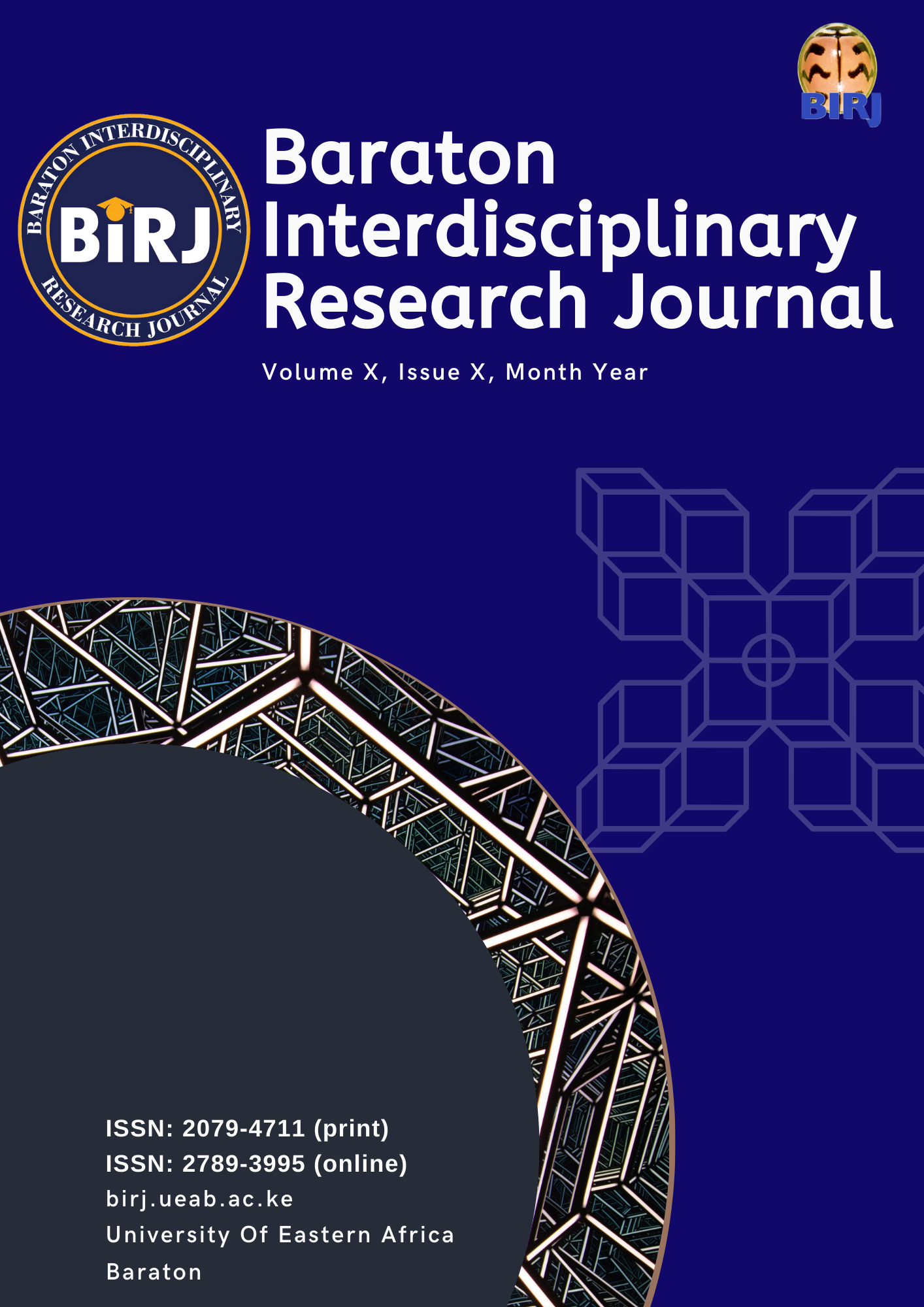TASK-BASED LANGUAGE TEACHING AS A SUITABLE DIDACTIC METHOD FOR THE TEACHING AND LEARNING OF SECOND AND FOREIGN LANGUAGES
Keywords:
task-based language teaching and learning, task-based approach, face to face method, teaching module, linguistic and communicative competence.Abstract
This research seeks to highlight that Task-Based Language Teaching is a suitable didactic method for
the teaching and learning of second and foreign languages. The development and implementation
of a teaching module for Spanish as a foreign language, in the face to face environment, is
contemplated. The primary objective is to portray how methodological principles from Task-Based
Language Teaching can be combined effectively in designing activities for face to face contexts.
In this regard, empirical evidence is analysed in order to determine the effectiveness of the mixed
methodology in the teaching-learning of Spanish as a foreign language, in the said settings, in a
study based on a longitudinal experimental design with pre-test and post-test, but without control
group. The results show an increase in the acquisition of specific knowledge in Spanish as a Foreign
Language, thus improving the students’ linguistic and communicative competence.
Downloads
Published
Issue
Section
License
License Terms
All articles published in the Baraton Interdisciplinary Research Journal (BIRJ) are licensed under a Creative Commons Attribution-NonCommercial-ShareAlike 4.0 International License (CC BY-NC-SA 4.0).
This license permits users to share (copy and redistribute) and adapt (remix, transform, build upon) the material for non-commercial purposes, provided that proper attribution is given to the original authors, a link to the license is included, and any derivative works are distributed under the same license.
Full license details: https://creativecommons.org/licenses/by-nc-sa/4.0/
Most read articles by the same author(s)
- Kerwin A. Livingstone, THE IMPORTANCE OF FEEDBACK AND REINFORCEMENT IN COMPUTER-ASSISTED LANGUAGE LEARNING (CALL) , Baraton Interdisciplinary Research Journal: Vol. 2 No. 1 (2012)

